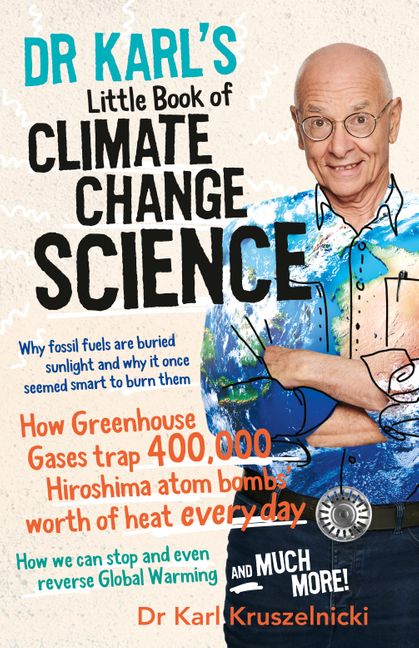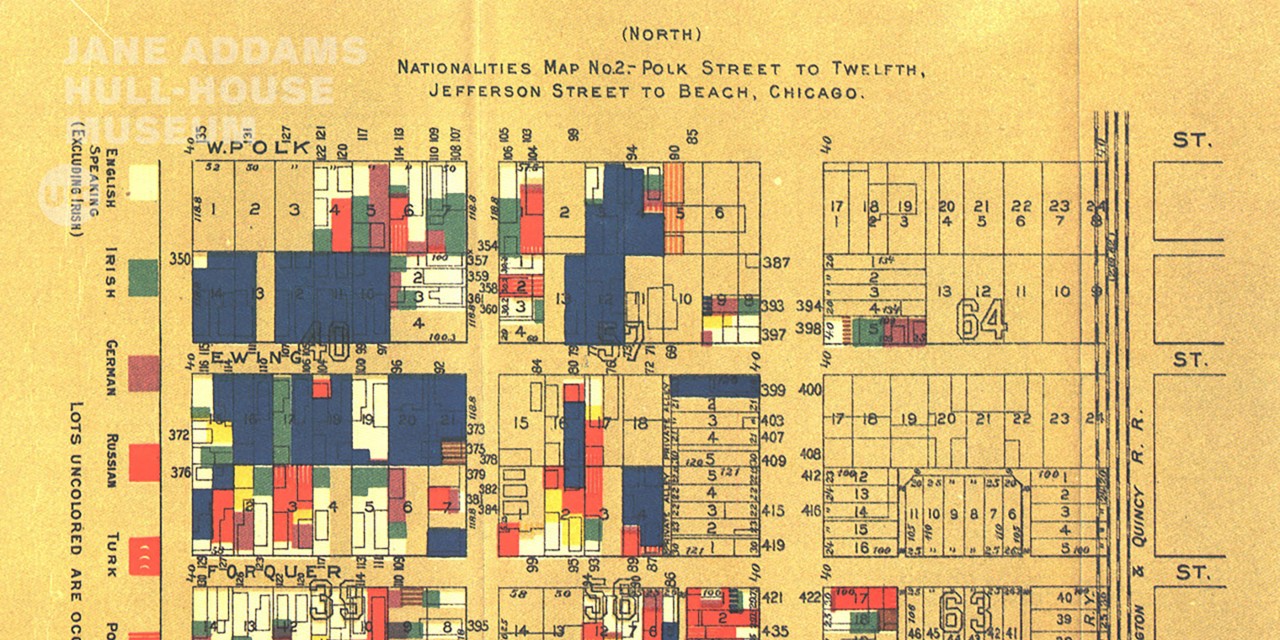Global and National Developments Report: An SDG Perspective
Analysis of Key Current Events Through the Lens of Sustainable Development Goals
-
Gaza Conflict: Journalist Fatality and Press Freedom
An airstrike by the Israeli military near Al-Shifa Hospital in Gaza City resulted in the death of Al Jazeera correspondent Anas Al-Sharif and six other individuals, including at least three other journalists. The Israeli military had previously accused Al-Sharif of involvement with Hamas, an allegation he denied. The incident occurred in a tent marked with a “Press” sign. The Committee to Protect Journalists reports that 186 journalists have been killed since the conflict began, with 178 identified as Palestinians killed by Israel. This event underscores the severe risks to media personnel in conflict zones and the erosion of protections for non-combatants.
Implications for Sustainable Development Goals:
- SDG 16 (Peace, Justice and Strong Institutions): This incident is a direct contravention of Target 16.10, which aims to ensure public access to information and protect fundamental freedoms. The targeting of journalists, who are essential for transparent reporting and holding institutions accountable, undermines justice and the pursuit of peace. It highlights a failure to protect civilians and ensure the safety of journalists in conflict situations, a cornerstone of strong and just institutions.
-
Washington, D.C.: Proposed Federal Intervention on Crime and Homelessness
President Donald Trump announced intentions to address violent crime and homelessness in Washington, D.C., suggesting a potential federal takeover of the city’s public safety. The proposal includes measures to make the capital “safer and more beautiful” and mandates the immediate relocation of the homeless population to unspecified locations “FAR from the Capital.” Details regarding the services to be provided or the destination for displaced individuals have not been disclosed. This plan raises significant questions about urban governance, social equity, and human rights.
Implications for Sustainable Development Goals:
- SDG 1 (No Poverty): The proposed forced relocation of homeless individuals directly impacts Target 1.3 (implement social protection systems) and Target 1.4 (ensure access to basic services). Without a clear and supportive framework, such actions risk exacerbating poverty and vulnerability rather than addressing root causes.
- SDG 10 (Reduced Inequalities): The policy targets one of the most marginalized groups, potentially deepening inequalities. A sustainable approach requires inclusive solutions that respect the rights and dignity of all residents, as outlined in SDG 10.
- SDG 11 (Sustainable Cities and Communities): The goal of making cities inclusive, safe, resilient, and sustainable (Target 11.1) is challenged by policies that displace vulnerable populations without providing adequate housing and support services. A truly sustainable city ensures safe and affordable housing for all.
-
National Guard Deployment: Legal Challenge to Executive Authority
A legal case is proceeding to determine the legality of President Trump’s deployment of 4,000 National Guard troops to Los Angeles to address protests against ICE immigration raids. The deployment was made over the objections of state and local authorities. The court will examine whether the action violated a 147-year-old law governing the federalization of the Guard. Attorneys for California argue it was an unconstitutional overreach, while federal lawyers maintain the troops were dispatched solely to protect federal property without engaging in law enforcement.
Implications for Sustainable Development Goals:
- SDG 16 (Peace, Justice and Strong Institutions): This legal battle is central to SDG 16, which promotes the rule of law and accountable institutions. The case tests the constitutional checks and balances on executive power and the appropriate use of military forces in domestic civil matters, which are fundamental to a just and peaceful society.
- SDG 10 (Reduced Inequalities): The underlying protests concerned immigration policies that disproportionately affect specific communities. The governmental response to these protests is linked to ensuring equal protection and the right to peaceful assembly for all groups.
-
Texas Redistricting: Partisan Gerrymandering and Democratic Integrity
A political standoff is underway in Texas after state Republicans attempted to redraw congressional district maps mid-decade. The proposed changes could eliminate five Democratic U.S. House seats, impacting the balance of power in the U.S. House of Representatives. In response, over 50 Democratic lawmakers left the state to break the legislative quorum and block the measure. This action highlights deep divisions over electoral fairness and the practice of partisan gerrymandering.
Implications for Sustainable Development Goals:
- SDG 16 (Peace, Justice and Strong Institutions): The core of this issue relates to Target 16.7, which calls for ensuring responsive, inclusive, participatory, and representative decision-making. Gerrymandering can undermine the principle of fair representation, creating institutions that are not accountable to the electorate they serve.
- SDG 10 (Reduced Inequalities): Redistricting efforts often have significant implications for racial and political minorities, potentially diluting their voting power and reducing their representation in government. This directly conflicts with the goal of reducing political and social inequalities.
-
Midwest Flooding: Extreme Weather and Climate Change Impacts
Over 10 million people in the American Midwest are under flood alerts due to continuous heavy rainfall. Milwaukee County declared a state of emergency after the Milwaukee River reached a historic crest, causing widespread flash flooding, road closures, and water rescues. The storm system also produced high winds in Nebraska, resulting in one fatality and damage to a state penitentiary. This event is a stark example of the increasing frequency and intensity of extreme weather phenomena.
Implications for Sustainable Development Goals:
- SDG 13 (Climate Action): This event directly illustrates the urgent need for climate action. Target 13.1 focuses on strengthening resilience and adaptive capacity to climate-related hazards and natural disasters. The historic rainfall and flooding are consistent with patterns predicted by climate change models.
- SDG 11 (Sustainable Cities and Communities): The swamped roads, stranded vehicles, and damaged infrastructure highlight the vulnerability of urban areas. Achieving SDG 11 requires significant investment in resilient infrastructure and disaster risk reduction to protect communities from such events.
Additional Developments and Key Data
Scientific Discovery Linked to Environmental Conditions
In central Texas, recent flooding, an indicator of extreme weather patterns, led to the discovery of 100-million-year-old dinosaur tracks. The uncovering of this natural heritage by floodwaters serves as a reminder of the profound environmental shifts occurring.
- SDG 11 (Sustainable Cities and Communities): This discovery relates to Target 11.4, which calls for strengthening efforts to protect and safeguard the world’s cultural and natural heritage.
- SDG 13 (Climate Action): The event that revealed the tracks—severe flooding—is linked to the broader climate crisis, reinforcing the interconnectedness of environmental change and natural history.
Accountability and Justice: Legal Settlement
A settlement of $9 million was reached in Louisiana for a man partially paralyzed after being shot by a state trooper during a traffic stop in 2018. The incident was initially misreported as a Taser discharge.
- SDG 16 (Peace, Justice and Strong Institutions): This settlement addresses a case of police misconduct and the subsequent attempt to obscure the facts, highlighting the importance of accountability within law enforcement and access to justice for victims to build trust in public institutions.
Analysis of Sustainable Development Goals in the Article
1. Which SDGs are addressed or connected to the issues highlighted in the article?
The article touches upon several issues that are directly and indirectly connected to the following Sustainable Development Goals (SDGs):
- SDG 1: No Poverty – The issue of homelessness in Washington, DC, and the proposed plan to relocate this population connects to ending poverty in all its forms.
- SDG 11: Sustainable Cities and Communities – This goal is relevant to the discussions on urban crime, homelessness in Washington, DC, and the impact of extreme weather events like flooding on cities such as Milwaukee.
- SDG 13: Climate Action – The section on “Extreme weather” detailing heavy rains, record-breaking rainfall, and flooding in the Midwest directly relates to the urgent action needed to combat climate change and its impacts.
- SDG 16: Peace, Justice and Strong Institutions – This is the most prominent SDG in the article, connected to multiple issues: the killing of journalists in a conflict zone (Gaza), efforts to curb violent crime (DC), legal disputes over the use of military force against civilians (National Guard), and political gerrymandering (Texas redistricting).
2. What specific targets under those SDGs can be identified based on the article’s content?
Based on the article’s content, the following specific SDG targets can be identified:
- Target 1.3: Implement nationally appropriate social protection systems and measures for all… and by 2030 achieve substantial coverage of the poor and the vulnerable.
- Explanation: The plan to move the homeless population in DC without specifying what services would be provided raises questions about social protection for this vulnerable group.
- Target 11.1: By 2030, ensure access for all to adequate, safe and affordable housing and basic services and upgrade slums.
- Explanation: The mention of the “homeless population” in DC and the plan to “give you places to stay, but FAR from the Capital” directly relates to the provision of housing for urban populations.
- Target 11.5: By 2030, significantly reduce the number of deaths and the number of people affected and substantially decrease the direct economic losses… caused by disasters, including water-related disasters…
- Explanation: The extreme weather section explicitly mentions that the storm system “killed one person,” that “more than 10 million people” are under flood alerts, and that storms “damaged two housing units” at a penitentiary, all of which are impacts this target aims to reduce.
- Target 13.1: Strengthen resilience and adaptive capacity to climate-related hazards and natural disasters in all countries.
- Explanation: The flooding in Milwaukee, which prompted a “state of emergency,” and the need for “dozens of water rescues” highlight the challenges communities face in adapting to climate-related hazards.
- Target 16.1: Significantly reduce all forms of violence and related death rates everywhere.
- Explanation: The plan to “curb violent crime in Washington, DC” is a direct reference to this target. The killing of journalists and civilians in Gaza also represents a failure to meet this target in a conflict zone.
- Target 16.7: Ensure responsive, inclusive, participatory and representative decision-making at all levels.
- Explanation: The Texas redistricting issue, where a proposed map “could potentially eliminate five Democratic US House seats,” is a clear example of a process that can undermine representative decision-making.
- Target 16.10: Ensure public access to information and protect fundamental freedoms, in accordance with national legislation and international agreements.
- Explanation: The targeting and killing of journalists in Gaza is a severe violation of the protection of fundamental freedoms, specifically freedom of the press, which is essential for public access to information.
3. Are there any indicators mentioned or implied in the article that can be used to measure progress towards the identified targets?
Yes, the article mentions or implies several indicators that can be used to measure progress:
- For Target 16.10: The article provides a direct indicator by stating, “According to the Committee to Protect Journalists, 186 journalists have been killed since the beginning of the war… at least 178 were ‘Palestinians killed by Israel.’” This aligns with Indicator 16.10.1 (Number of verified cases of killing… of journalists).
- For Target 16.1: The article refers to “preliminary data from DC police” showing that “this year’s crime numbers are lower than last year’s.” These crime statistics are the primary indicators used to measure progress on reducing violence (Indicator 16.1.3: Proportion of population subjected to violence).
- For Target 11.5: The article provides several data points that serve as indicators: “one person” killed by the storm system, “more than 10 million people” under flood alerts (people affected), and “damaged two housing units” (economic/property loss). These align with Indicator 11.5.1 (Number of deaths… and directly affected persons attributed to disasters).
- For Target 13.1: The declaration of a “state of emergency” in Milwaukee County is an indicator of an implemented local disaster risk reduction strategy in response to a climate-related hazard, which relates to Indicator 13.1.2 (Number of local governments that have adopted and implemented local disaster risk reduction strategies).
- For Target 11.1: The article refers to the “homeless population” in DC. The number of people experiencing homelessness is a key indicator for this target (related to Indicator 11.1.1: Proportion of urban population living in… inadequate housing).
4. Table of SDGs, Targets, and Indicators
| SDGs | Targets | Indicators |
|---|---|---|
| SDG 1: No Poverty | 1.3: Implement nationally appropriate social protection systems and measures for all… and by 2030 achieve substantial coverage of the poor and the vulnerable. | The mention of the “homeless population” and the lack of specified services in the relocation plan implies a gap in social protection systems. |
| SDG 11: Sustainable Cities and Communities | 11.1: By 2030, ensure access for all to adequate, safe and affordable housing and basic services and upgrade slums. | The existence of a “homeless population” in Washington, DC, that is subject to relocation. |
| SDG 11: Sustainable Cities and Communities | 11.5: By 2030, significantly reduce the number of deaths and the number of people affected… caused by disasters… | “one person” killed by storms; “more than 10 million people” under flood alerts; “dozens of water rescues”; “damaged two housing units.” |
| SDG 13: Climate Action | 13.1: Strengthen resilience and adaptive capacity to climate-related hazards and natural disasters in all countries. | Milwaukee County declaring a “state of emergency” due to historic rainfall and flooding. |
| SDG 16: Peace, Justice and Strong Institutions | 16.1: Significantly reduce all forms of violence and related death rates everywhere. | “preliminary data from DC police” on crime numbers; the killing of journalists and civilians in Gaza. |
| SDG 16: Peace, Justice and Strong Institutions | 16.7: Ensure responsive, inclusive, participatory and representative decision-making at all levels. | The GOP’s proposed congressional map in Texas that “could potentially eliminate five Democratic US House seats.” |
| SDG 16: Peace, Justice and Strong Institutions | 16.10: Ensure public access to information and protect fundamental freedoms… | “186 journalists have been killed since the beginning of the war,” with “at least 178… killed by Israel.” |
Source: cnn.com






